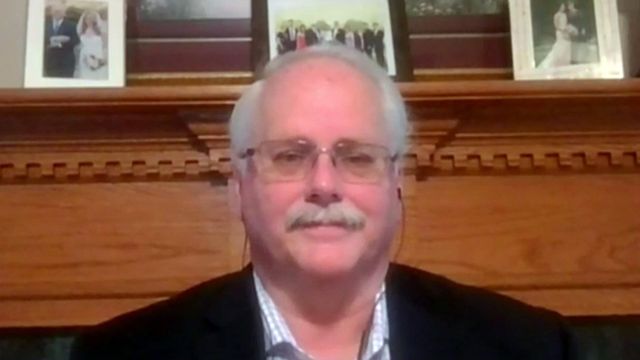Controversial virus research seen both as groundbreaking, reckless
Years before the world knew what the novel coronavirus was, a local researcher was sending out warning signs.
Posted — Updated"There are SARS-like viruses that are positioned to jump," Ralph Baric during a 2014 panel discussion on research and vaccines. "They have pre-pandemic potential. ... We are in dangerous times."
At the time, Baric and his team, including researchers from the Wuhan Institute of Virology in China, were leading the charge in studying bat coronaviruses, which is the likely source of the current pandemic. While Baric’s research sent up red flags, it wasn’t without controversy.
Called "gain of function," the research involves scientists manipulating existing viruses to see how big of a threat they could become while also studying potential cures.
"There’s really a balance that has to met in ensuring this research can go forward," said Mark Heise, a vaccine researcher and professor in the Department of Genetics in the UNC School of Medicine who has collaborated with Baric for more than 15 years.
"In doing so, we're really keeping the public health at the forefront," Heise said.
Following a series of lab mishaps in other parts of the country that fortunately didn’t spread disease, combined with lingering fear the lab-altered viruses could end up in the wrong hands, the federal government suspended funding for gain of function research in 2014. The pause impacted studies on other coronaviruses, such as SARS and MERS, as well as the H1N1 flu strain. Many of those studies were considered high-risk.
"There are also experiments that I think would raise concerns like if you were making the virus more virulent," Heise said.
One such experiment involved the H5N1 bird flu. Two researchers figured out a way to manipulate the virus to make it spreadable among people. As one scientists noted, if that flu strain ever escaped the lab, it would make the novel coronavirus look like "a kitten."
Fourteen research institutions received warnings funding would stop on dozens of projects, including some of Baric’s projects. Inviting more oversight, Baric appealed and won.
Heise said the stoppage did impact other research. "I know a lot of labs were significantly impacted by the pause, especially within the influenza research community," he said.
Baric’s gain of function research not only predicted another pandemic, but in 2018, he also discussed how the world would react.
"There will be misleading stories on social media, miracle cures that will be touted, conspiracy theories," he said.
Whether it’s accusations the virus leaked from the Wuhan Institute of Virology or Chinese officials blaming the U.S. for releasing it, there has been plenty of finger pointing about the origin of the latest virus.
Heise said most researchers don’t have time to worry about or react to conspiracy theories because they’re busy looking for a cure. However, one of Baric’s former colleagues at UNC who worked on the coronavirus gain of function said she received death threats.
So far, there’s no evidence this virus came anywhere other than occurring naturally.
After a three-year hiatus, the government started funding gain of function research again with a special panel now determining the risk versus reward of each project. Some opponents feel the review process is still too secretive – the panel's findings aren't made public.
Heise said he hopes this outbreak will convince people that gain of function research holds important rewards.
"Just the long-term appreciation of how we need to do this research to be prepared, not just for this virus, but for future emergence events," he said.
Baric’s previous warnings could also help guide future research.
"There are still lots of pre-epidemic viruses around," he said in 2018.
Ominously, went on to say, "It will happen again" – and it did.
Related Topics
• Credits
Copyright 2024 by Capitol Broadcasting Company. All rights reserved. This material may not be published, broadcast, rewritten or redistributed.






